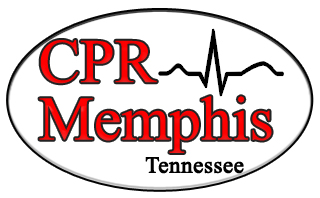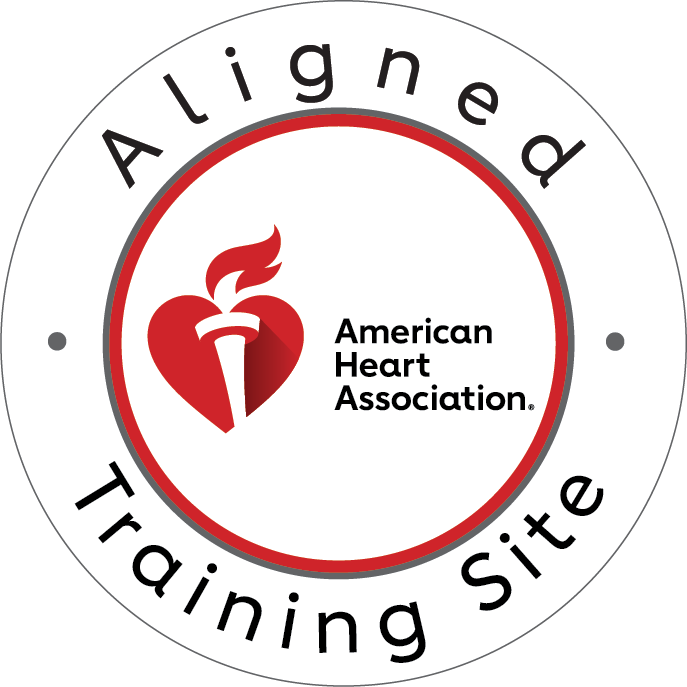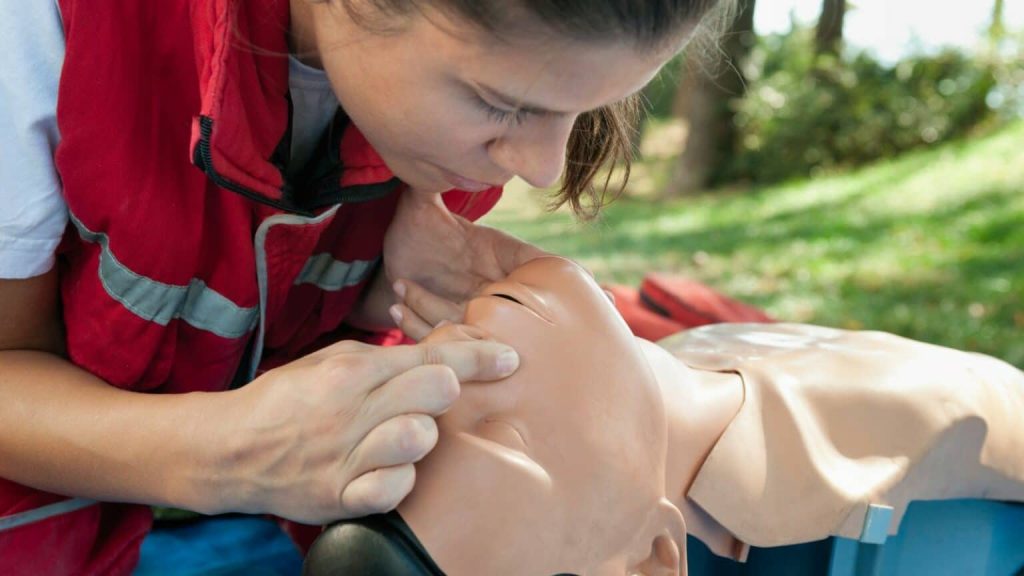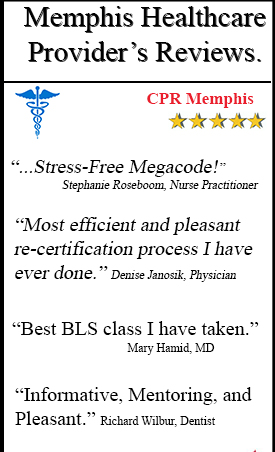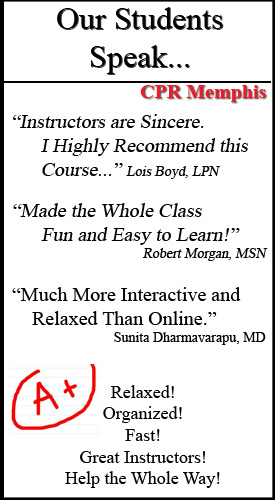Cardiopulmonary resuscitation (CPR) is a life-saving skill that can make all the difference in emergencies. It involves two primary components: chest compressions and rescue breaths. Chest compressions help circulate blood to vital organs, while rescue breaths provide oxygen to the lungs. However, recent changes in CPR guidelines have led to confusion, particularly when it comes to the use of mouth-to-mouth rescue breaths. This article aims to clarify when mouth-to-mouth breaths are necessary in CPR and how these guidelines have evolved to suit real-world emergencies better.
Historically, performing mouth-to-mouth resuscitation has been a standard part of CPR. However, in recent years, there has been a shift towards compression-only CPR for bystanders who may not have the necessary training or feel uncomfortable providing rescue breaths. While chest compressions alone can be effective in some cases, there are situations where rescue breaths are essential for survival. Understanding when and why to administer these breaths is crucial for anyone involved in emergency response.
The Evolution of CPR Guidelines
In the past, CPR guidelines emphasized the importance of both chest compressions and rescue breaths for all patients in need of resuscitation. Mouth-to-mouth rescue breaths were considered a critical part of CPR, particularly for cases involving children, drowning, or respiratory issues. Over time, however, the American Heart Association (AHA) and other organizations have updated CPR guidelines based on new research and real-world evidence. This has led to the recommendation of compression-only CPR for untrained bystanders.
The rationale behind this shift is rooted in the observation that untrained individuals can provide effective life-saving assistance by focusing solely on chest compressions. Compression-only CPR has been shown to improve survival rates in adult victims of sudden cardiac arrest, as it ensures a steady flow of oxygenated blood to the brain and other vital organs. The simplification of CPR, focusing only on compressions, is intended to reduce hesitation and encourage more people to act during an emergency.
However, the updated guidelines do not eliminate the importance of rescue breaths. Certain situations still require mouth-to-mouth resuscitation, especially when the underlying cause of the arrest involves a lack of oxygen rather than a heart problem. These cases include drowning incidents, respiratory-induced cardiac arrests, and situations where drug overdose has impaired breathing.
When Rescue Breaths ARE Indicated
While compression-only CPR is appropriate for many situations, there are clear instances when rescue breaths are necessary. The most critical of these involve children, infants, and certain types of cardiac arrest. When a child or infant goes into cardiac arrest, the most common cause is respiratory failure, not a heart attack. In these cases, rescue breaths are essential to provide oxygen to the lungs and prevent brain damage.
Similarly, drowning victims require mouth-to-mouth resuscitation because the primary problem is a lack of oxygen in the body. Rescue breaths help to restore oxygen levels and can be a life-saving intervention before emergency medical services (EMS) arrive. Drug overdose victims who have stopped breathing also require rescue breaths to ensure oxygen reaches the bloodstream, as their heart may still be functioning, but their lungs are not.
In general, any healthcare provider who is trained in advanced life support should always include rescue breaths in their CPR practice. Furthermore, for individuals who have been receiving compression-only CPR for several minutes, switching to a 30:2 ratio of compressions to breaths is recommended to improve chances of survival.
When Compression-Only CPR is Appropriate
For untrained rescuers or those who feel uncomfortable performing mouth-to-mouth resuscitation, compression-only CPR can be just as effective as traditional CPR. Compression-only CPR is especially effective for adult victims of sudden cardiac arrest, as their primary issue is a lack of blood circulation, not a lack of oxygen.
If a bystander is unsure how to provide rescue breaths or if they are hesitant to do so, it’s better to perform chest compressions without interruption than to do nothing at all. This is where telephone-guided CPR can be particularly helpful. When calling 911, the dispatcher may provide instructions on how to administer chest compressions, which helps the rescuer take action immediately.
In cases where a rescuer is unwilling or unable to perform mouth-to-mouth, compression-only CPR is still a viable option to sustain life until EMS personnel arrive on the scene.
Proper Technique for Rescue Breaths
When mouth-to-mouth rescue breaths are indicated, it is crucial to use the correct technique to ensure effectiveness. The head-tilt, chin-lift method is recommended to open the airway, allowing air to flow into the lungs. The rescuer should pinch the victim’s nose shut, create a seal over their mouth with their own, and provide two rescue breaths. Each breath should last about one second, enough to make the chest rise. The rate of rescue breaths should be combined with chest compressions in a 30:2 ratio—30 chest compressions followed by 2 breaths.
To protect both the rescuer and the victim from disease transmission, it is recommended to use a barrier device such as a face shield or pocket mask. These devices create a barrier while still allowing for effective rescue breaths. In certain situations, such as when performing CPR on family members or close contacts, the risk of disease transmission is lower, but using a mask or other barrier is still a good precaution.
Barriers to Performing Rescue Breaths
Despite the effectiveness of mouth-to-mouth rescue breaths, several barriers might prevent a rescuer from performing them. A common concern is the fear of disease transmission, particularly in the wake of pandemics like COVID-19. Many people also feel uncomfortable performing mouth-to-mouth resuscitation, especially on strangers.
Thankfully, solutions exist. As mentioned, barrier devices like pocket masks and face shields provide a protective layer between the rescuer and the victim. These tools are simple to use and can be carried easily by healthcare professionals and trained bystanders alike.
Special Considerations
During the COVID-19 pandemic, the guidelines for CPR and rescue breaths were adjusted to account for the heightened risk of virus transmission. In some cases, rescue breaths may be discouraged in favor of compression-only CPR, especially for untrained individuals or when the rescuer is not using a protective mask. However, as the situation evolves and guidelines are updated, it is important to stay informed about the latest recommendations.
Family members may also be more comfortable performing mouth-to-mouth resuscitation than strangers, especially if the person in need is a child or loved one. In these cases, it is still recommended to use a barrier device for additional protection.
Training Recommendations
To ensure that rescue breaths are performed correctly when needed, CPR training is essential. Proper CPR certification courses, like those offered by CPR Memphis, teach the correct techniques for both chest compressions and rescue breaths. They also provide hands-on training, so participants can feel confident in their skills during real-world emergencies. Additionally, refresher courses every few years help keep skills sharp and up to date.
CPR is a crucial life-saving technique, and knowing when to provide rescue breaths can significantly impact a person’s chance of survival. While compression-only CPR is effective in many cases, mouth-to-mouth resuscitation remains essential in situations such as pediatric arrests, drowning, and respiratory-induced cardiac arrests. For anyone looking to learn or refresh their CPR skills, seeking proper training and certification is the best way to be prepared to save lives. Consider enrolling in a CPR class with CPR Memphis to ensure you’re ready to provide life-saving care in any emergency.

